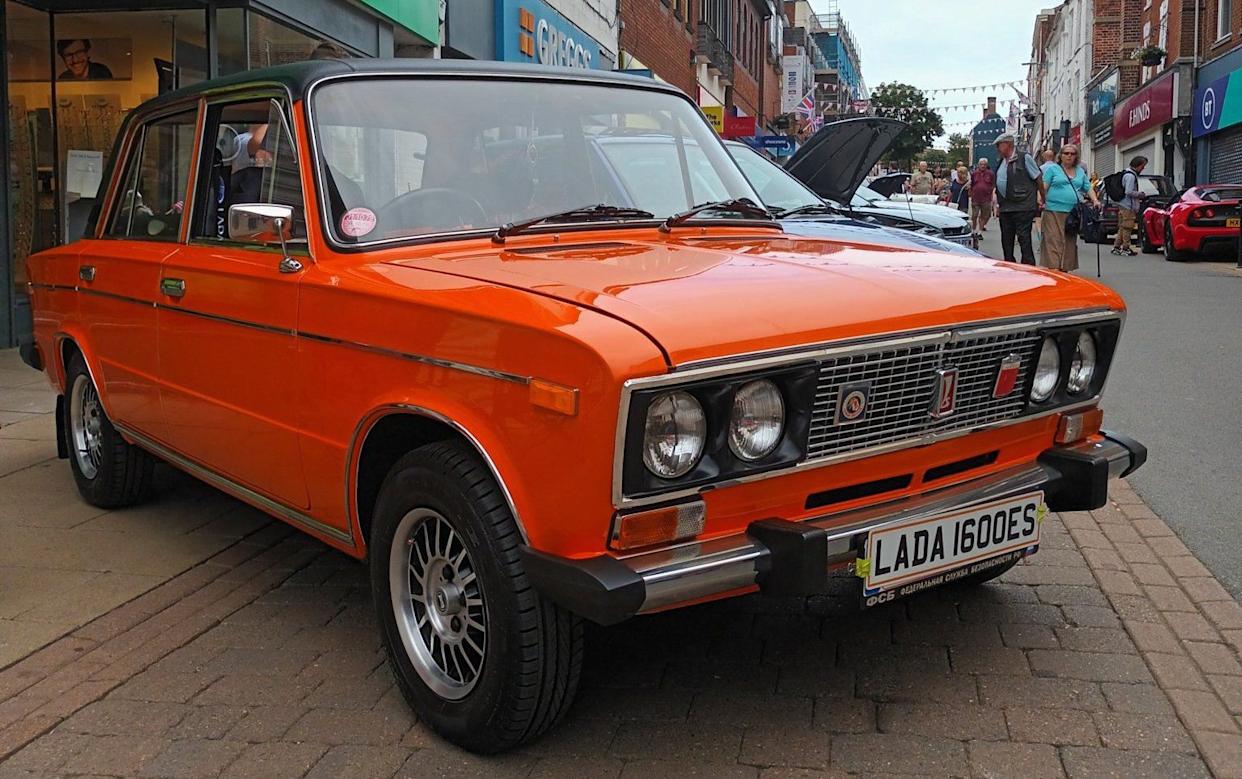
It is sometimes forgotten how the average British family saloon of the late 1970s was often miserably equipped – a drab realm of vinyl upholstery and blank spaces on the dashboard that affirmed the model’s lowly status in the range. But the Lada 1600 ES was so well-appointed it even featured a radio/stereo cassette player with an electric aerial. Today, Brian Darby’s 1979 example is one of only three still on the road in Britain.
The Lada was, of course, the result of an August 1966 agreement between Volzhsky Avtomobilny Zavod (VAZ) in the former USSR and the Italian giant Fiat. The resulting 2101 of 1970 may have resembled the Fiat 124, but VAZ altered 65 per cent of parts and made more than 800 changes to the original design.
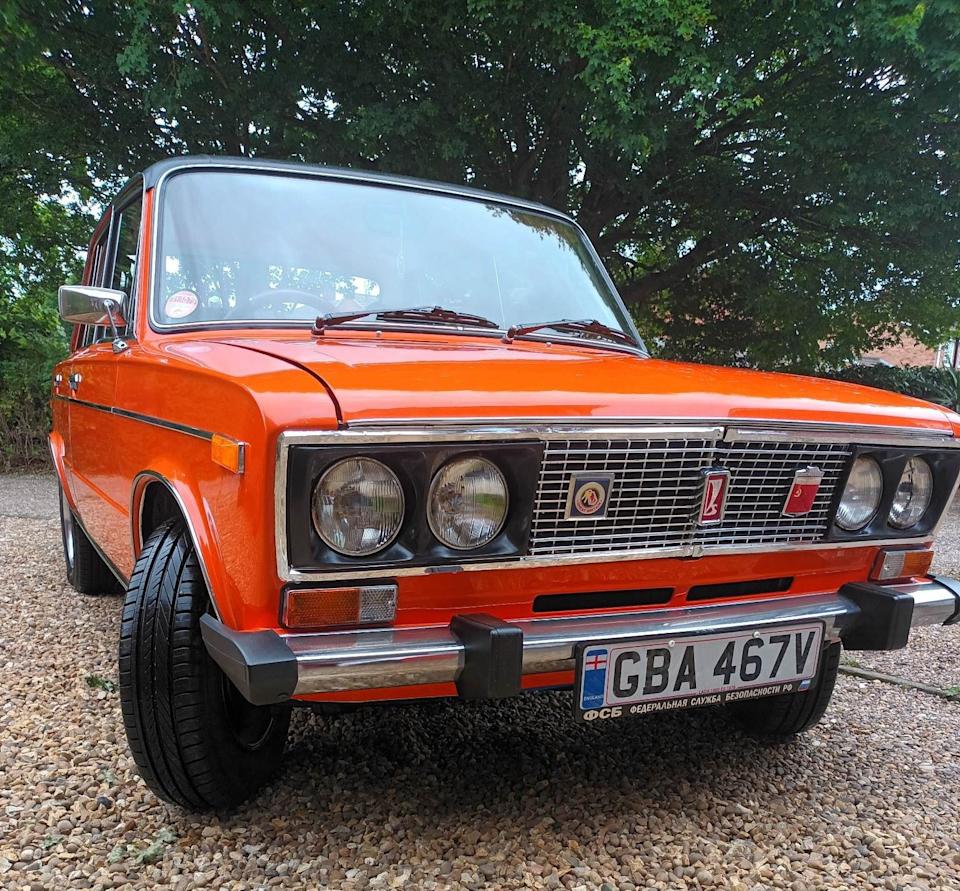
VAZ used the Lada name for export markets and, at the London Motor Show in 1973, it displayed the 1200. At that time, the concessionaire Satra Motors was experiencing difficulties with the Moskvich 412, its Soviet-built mainstay, after a damning Consumers Association test had seriously questioned its safety. Motor Sport noted: “Moskvich people at the Show must have wished they could have hidden themselves and their cars.”
By contrast, the 1200 was based on a seven-year-old Western design and seemed a more viable proposition in the UK than the Moskvich. Satra Motors commenced Lada sales in 1974, and the following year the 1.6-litre 2106, featuring a 1,570cc single overhead camshaft engine, joined the VAZ range. However, the Lada 1600 would not be available in this country until September 1978. The Telegraph reported how Satra hoped it would increase its UK market share.
Buyers searching for a bargain had a choice of standard and ES versions. The latter’s sales copy boasted that it was “a car that can easily be mistaken for very expensive” and “at its price, you won’t find anything quite like it.” And £2,999 was a remarkable bargain for a four-door saloon with alloy wheels, a vinyl roof and the aforementioned Radiomobile mono radio/stereo cassette player with an electric aerial.
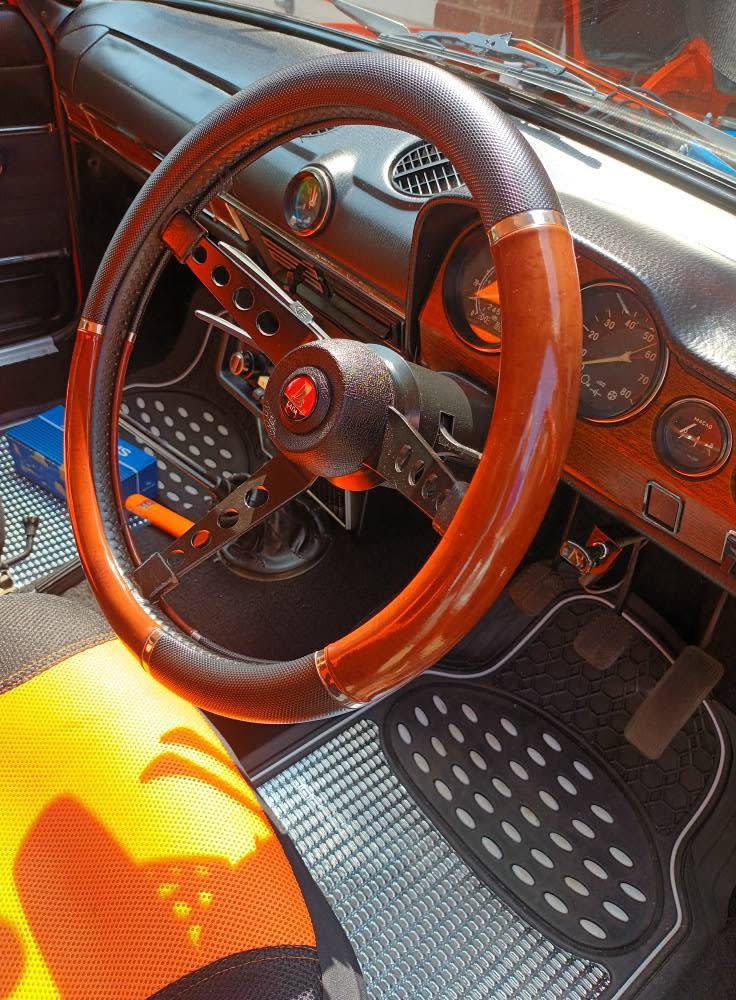
The 1600 ES also had velour upholstery, four headlights, a leather-covered steering wheel, a folding rear armrest, a vast toolkit and even a starting handle. The last-named item was a reminder that Soviet motorists might have to start their Lada in sub-zero temperatures. The price of the 1600 ES included breakdown recovery, although your dealer would point out that, unlike certain British Leyland cars, you would be unlikely to need it.
Lada, without undue modesty, claimed the 1600 ES had “an indefinable style of its own”. To put its luxuries in context, the far less well-equipped Ford Escort Mk2 GL four-door and the Chrysler Avenger 1600 GL four-door cost £3,038 and £3,139 respectively. Autocar thought the 1600 ES “a car which with some small improvements would indeed really be the serious competition to the rest of the world which its price suggests. As it is, it falls short”.
This newspaper seemed more impressed with the 1600 ES: “The end result may remind you somewhat of mutton dressed as lamb, it does have the undeniable virtue of being about the cheapest joint available in its class.” The motoring correspondent additionally noted the red warning lights in the trailing edges of the front doors – “the sort of refinement usually found on far more expensive cars.”
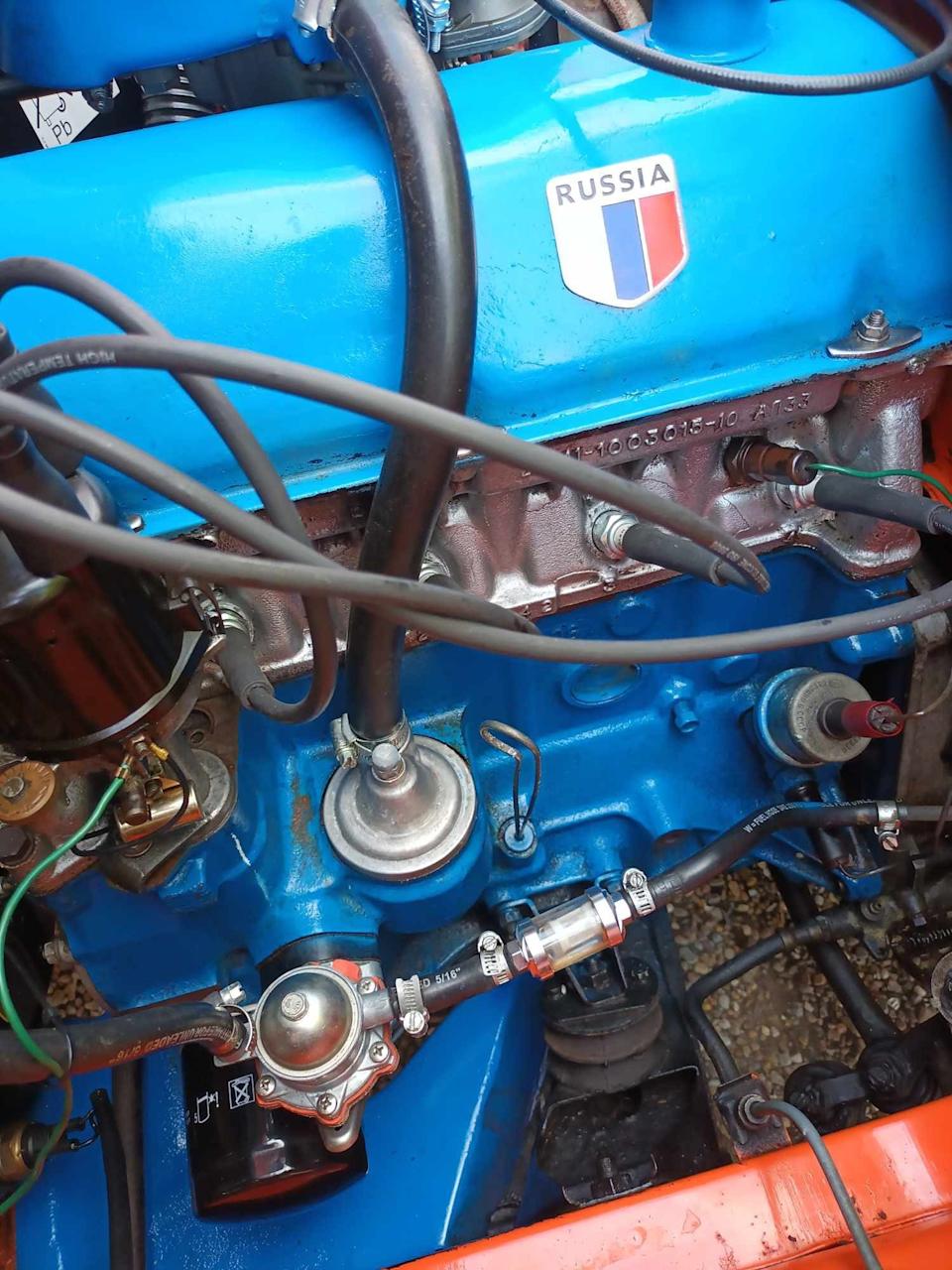
Such details made the 1600 ES stand out in your local Lada showroom, amazing anyone planning to trade in their 1972 Austin 1300. The typical buyer was not concerned with styling, dating to when Herman’s Hermits sang No Milk Today. They were more impressed with the list of fittings provided as standard in the ES when the BMC Mini 850 lacked reclining front seats, fresh air vents and a water temperature gauge.
The 2105-series Riva appeared in 1980, while in 1997 the last of 400,000 Ladas was sold in this country because they failed to meet stricter emissions controls. Production of the Russian-built, 124-derived Lada continued until 2012; an Egyptian-built derivative lasted until 2015.
Memories of two Ladas he owned in the 1980s inspired Darby to acquire this example in 2011. Since then, it has won a multitude of prizes at events. Today, it has the distinction of being one of three surviving examples of the 1600 ES. And, according to Lada, it would be sure to attract such very 1970s envious comments as “Come up on the pools, have we?”
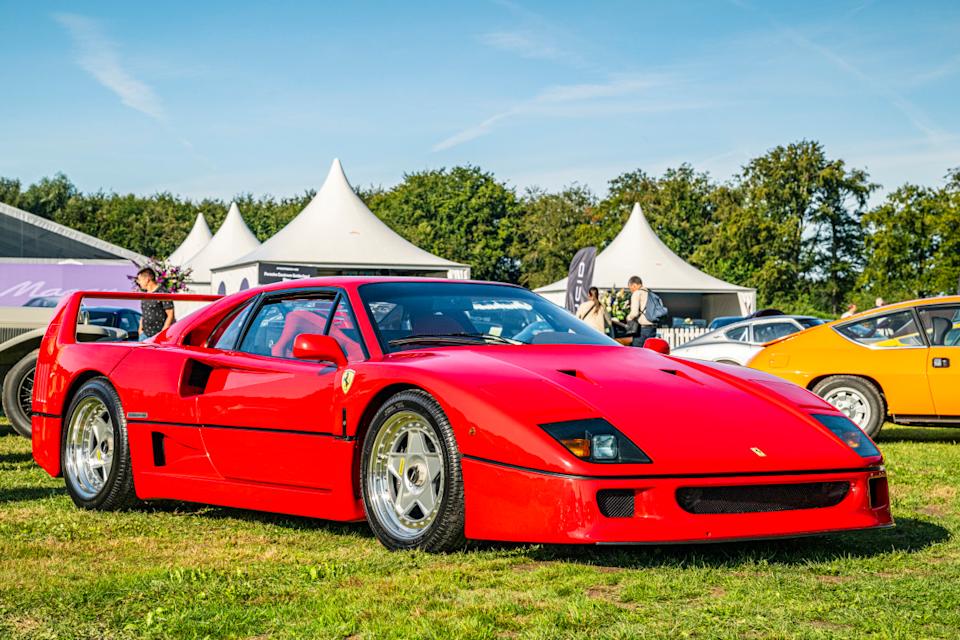

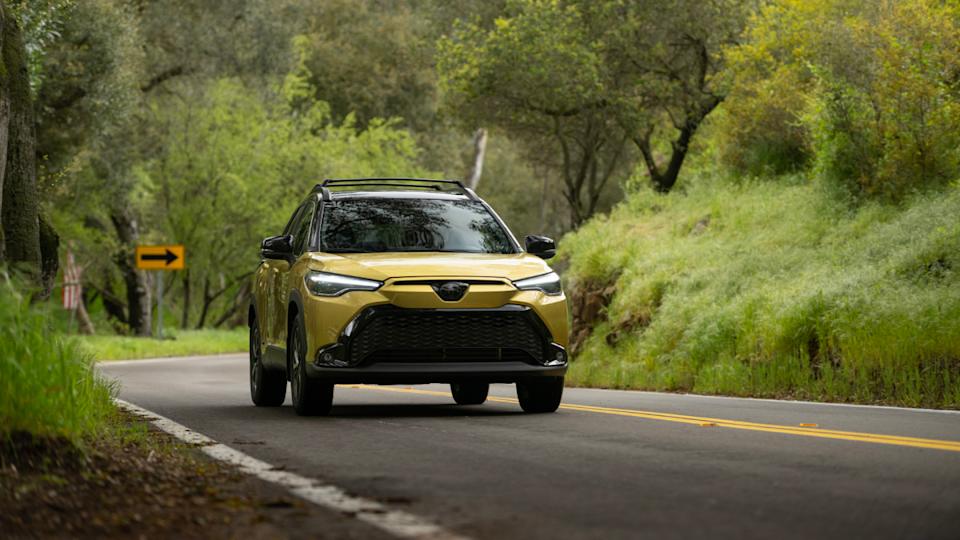


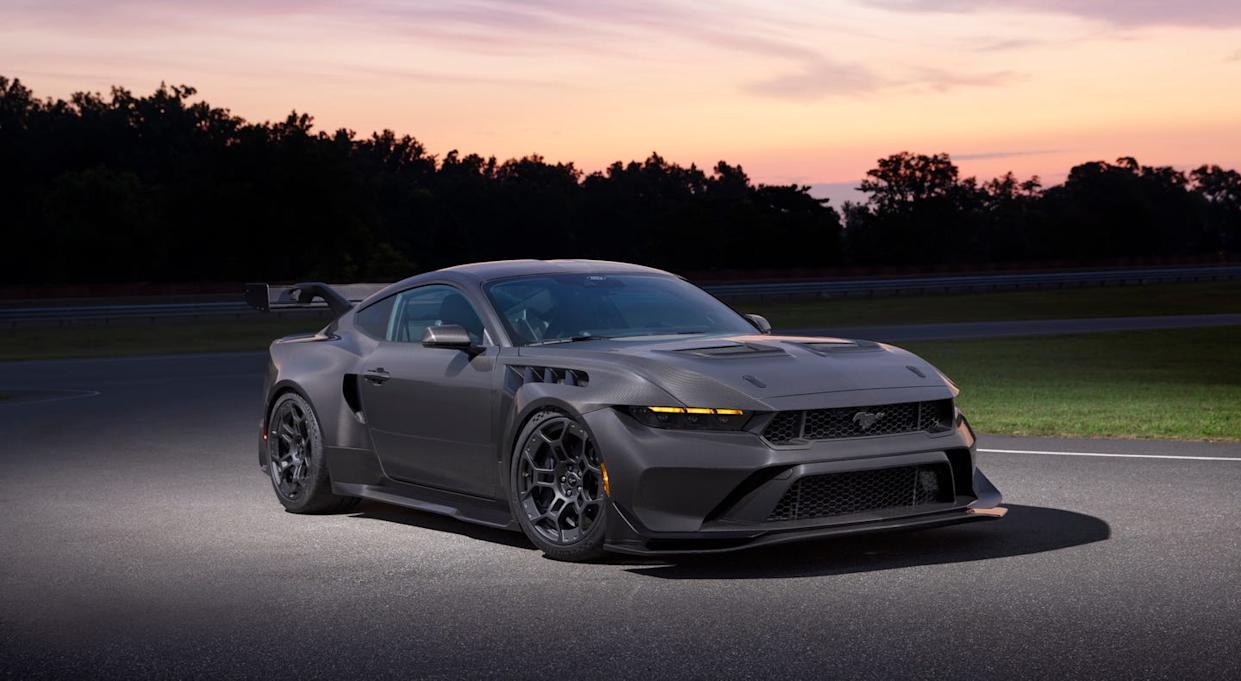
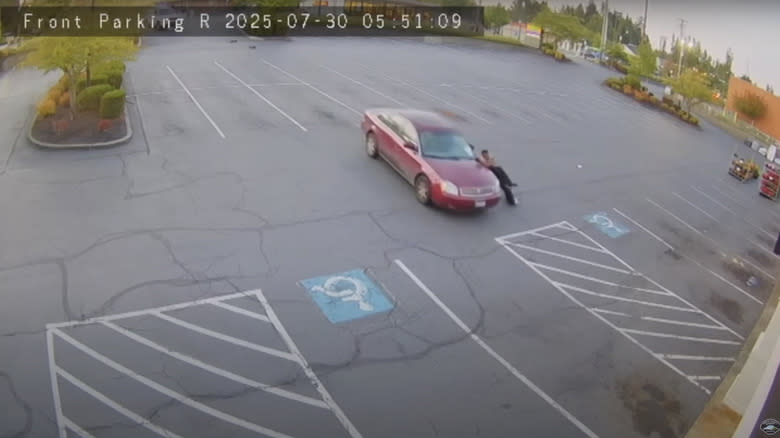
Comments